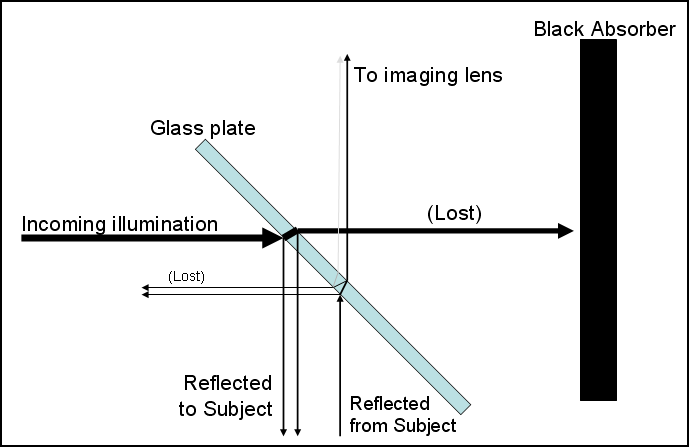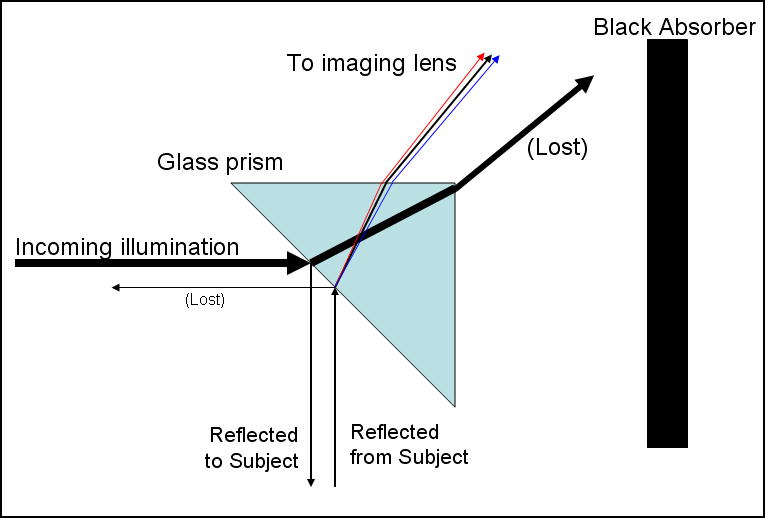It's an Olympus OM Variable Macro Tube.



Especially if you put one of these on the end?

I'm sort of glad I don't yet have an OM catalogue - I'd want just about everything it it.
Moderators: rjlittlefield, ChrisR, Chris S., Pau




Used in conjunction with an OM body that has the proper auto diaphragm coupling, the Variable Macro Tube will allow the Olympus auto bellows macro lenses to be easily used in the field, including hand-held. Used with any other body, it will be rather less helpful since (as far as I know) it provides no means to stop down the lens and keep it stopped down.Compared with the Auto Bellows, it has a longer minimum extension (65 mm instead of 36 mm) and shorter maximum extension (116 mm compared with 198 mm), but its metal construction makes it stronger then the leather bellows, and it provides an automatic diaphragm without needing a double cable release.








You get more net transfer of light from source to camera, by using a semi-silvered mirror. In theory, the peak happens around 50%. (Formally: f(t) = t*(1-t) reaches a maximum at t=0.5)DaveW wrote:In Rik's illustration I would think a semi-silvered mirror would reflect more light onto the subject than a sheet of glass but may not let as much through to the camera.

Ah yes, the learning curve. I spend a lot of time on that one myself.augusthouse wrote:Initially, I was just after some back-lighting for background composition but quickly realised that there was a lot more science going on here that could be utilized. Now begins the learning curve and I look forward to it.